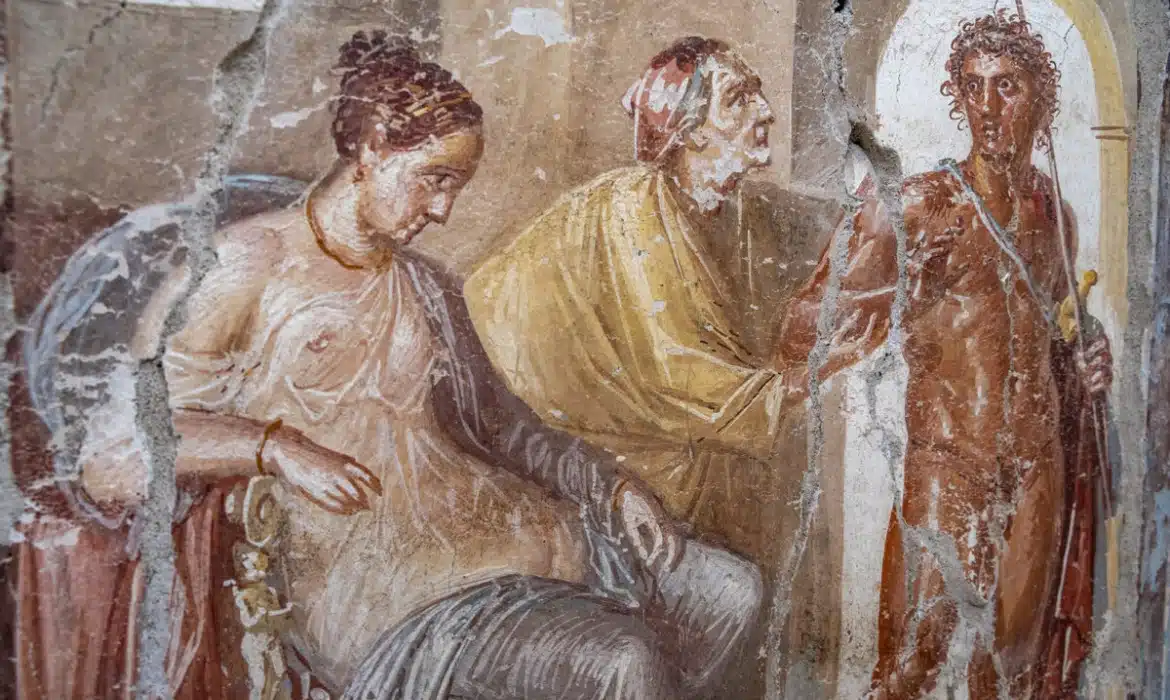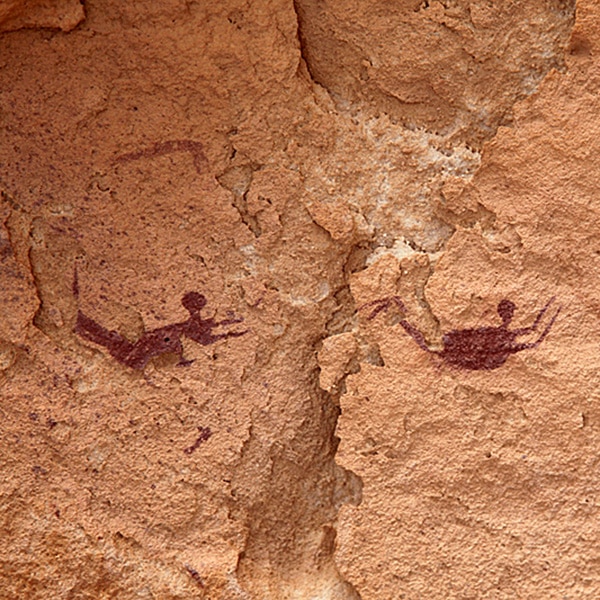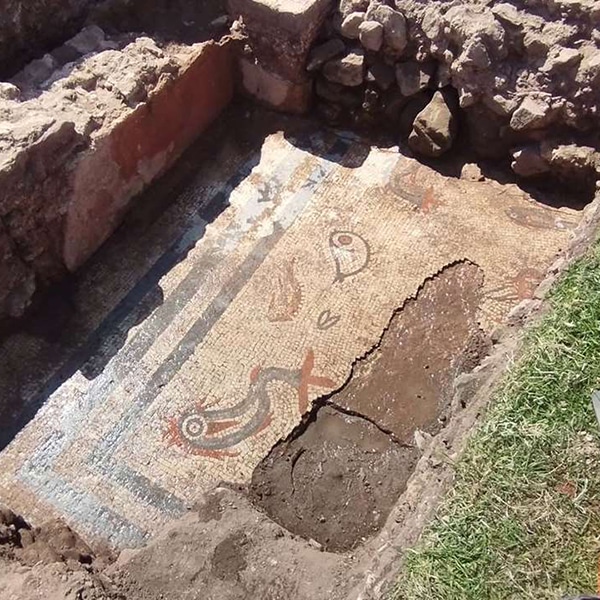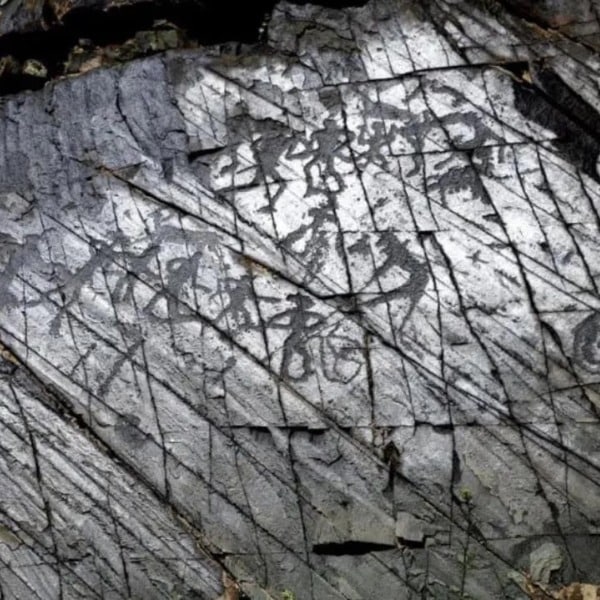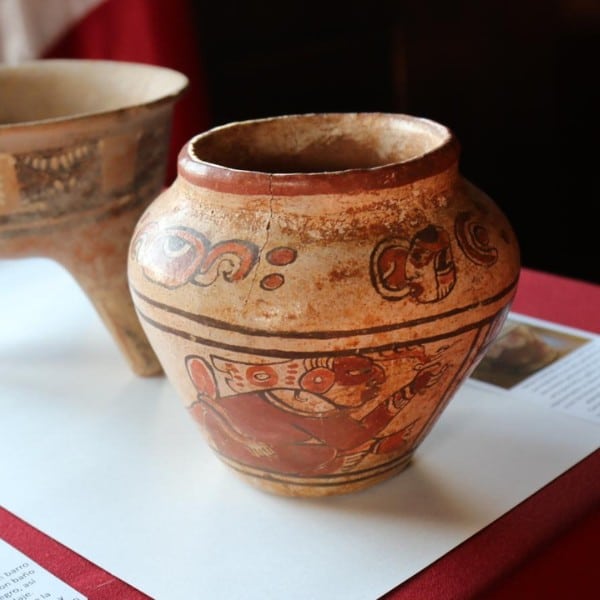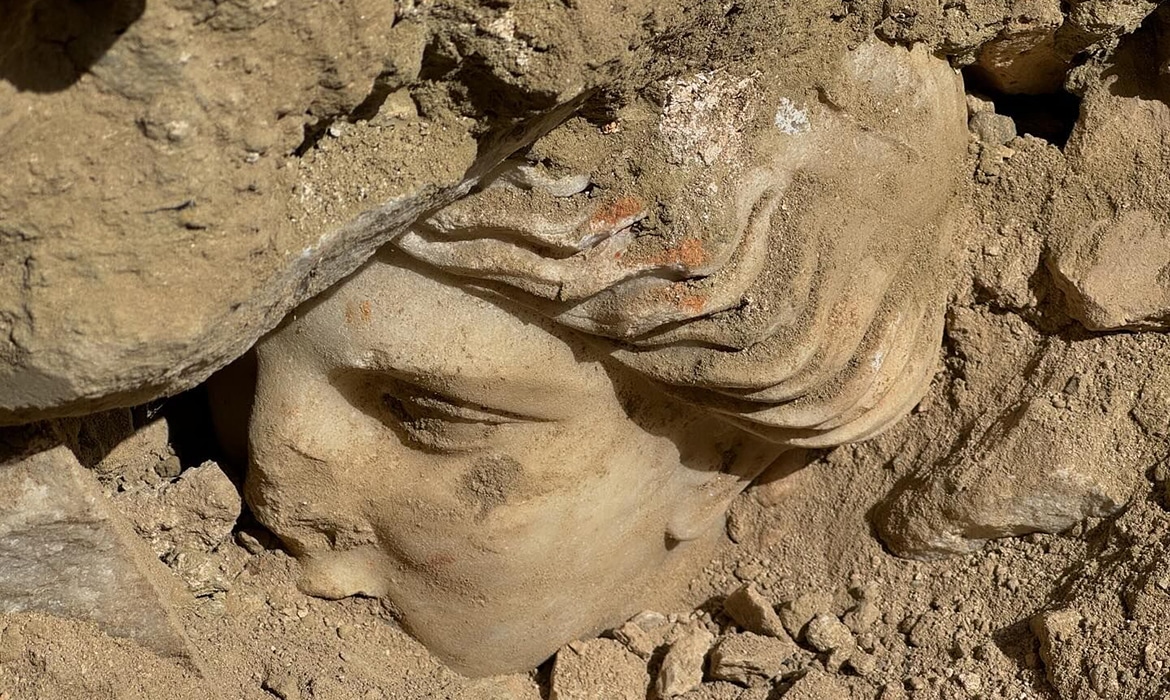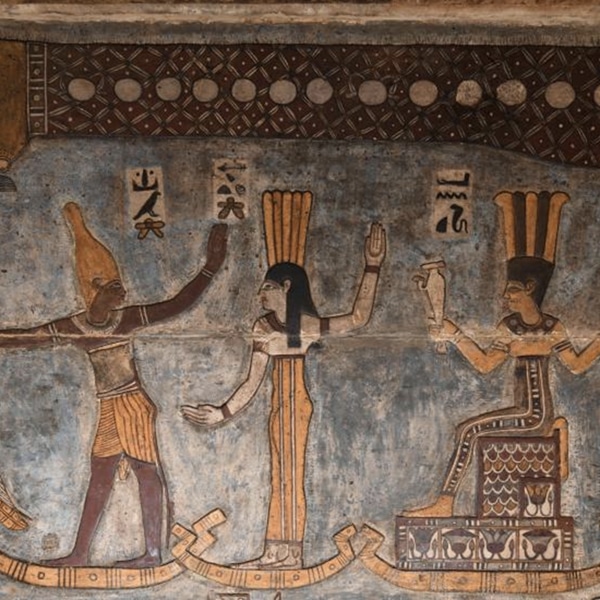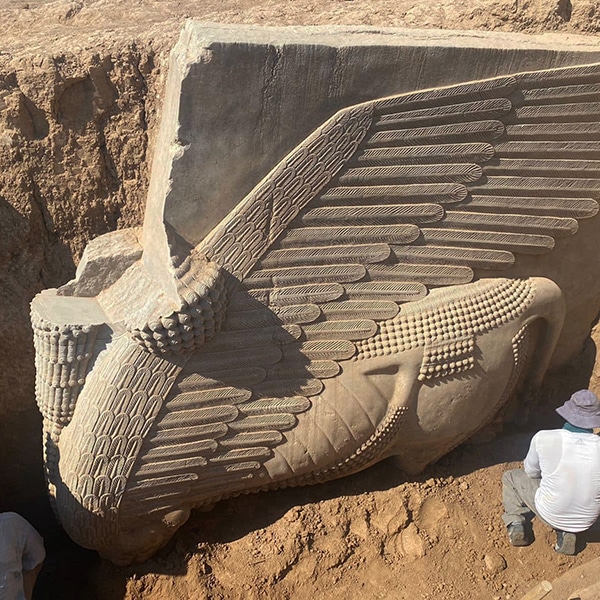Archeologists Discover “Tiny Home” in Pompeii Filled With Well-Preserved Frescoes
Nearly 2,000 years after its destruction, Pompeii continues to surprise archeologists. The ancient port city, covered in ash during the Mount Vesuvius eruption of 79 CE, is filled with clues about life in ancient Rome. From bakeries and snack bars to richly painted houses, these glimpses into the past are critical to our understanding of history.
